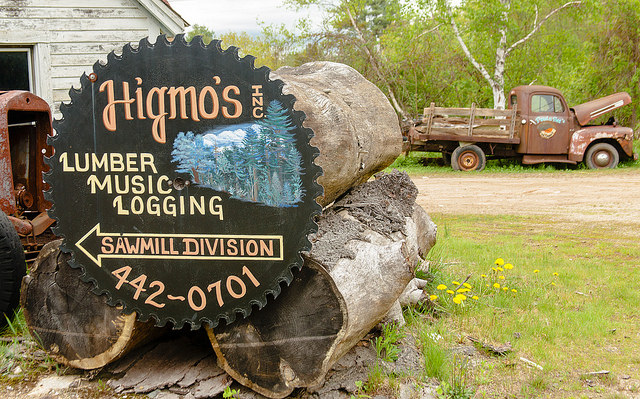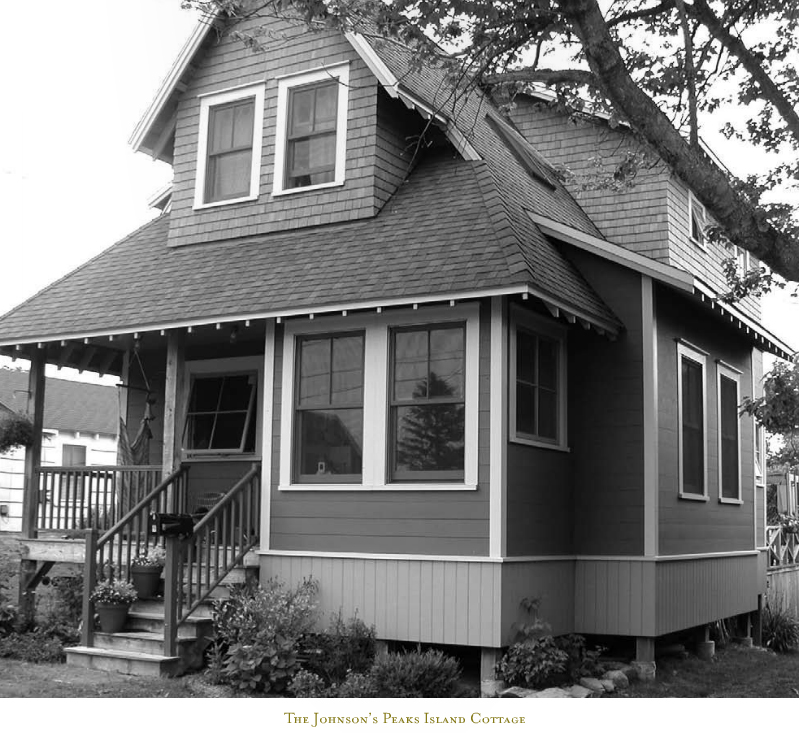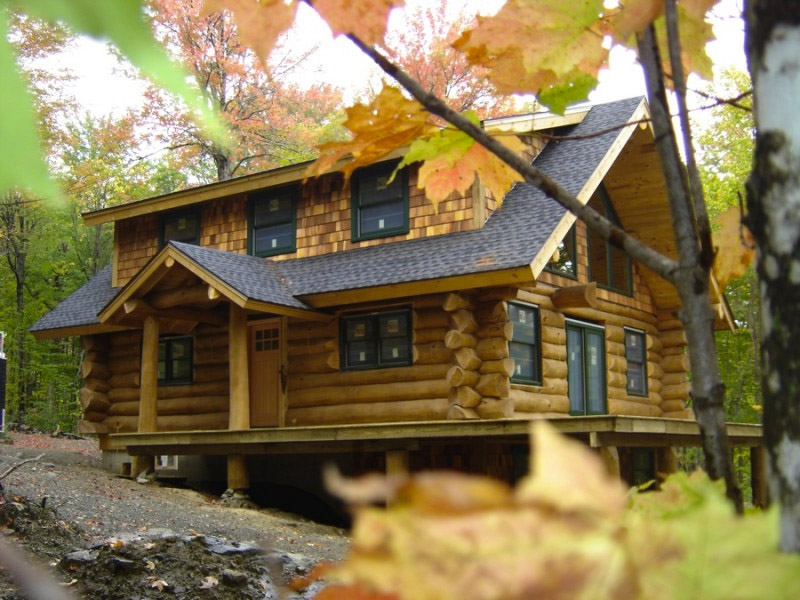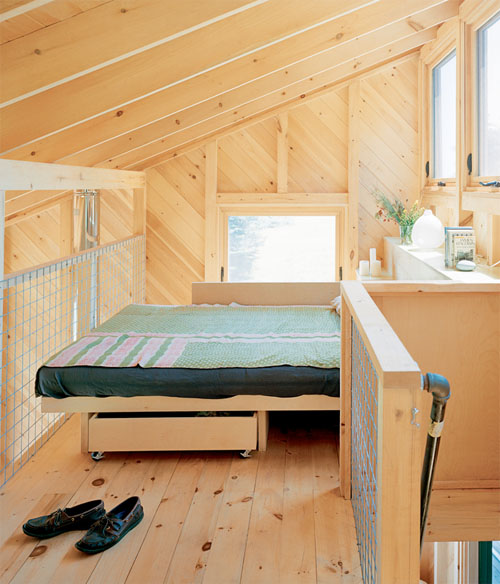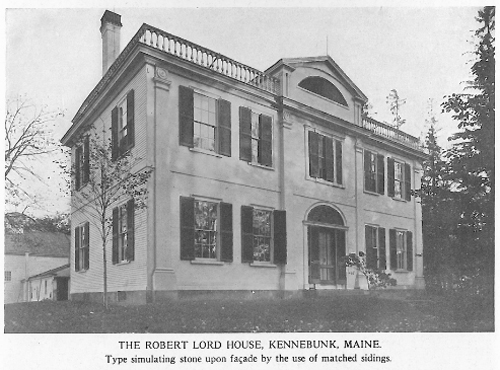
The forest industry remains a crucial element in Maine’s economy despite the recently announced closure of Madison Paper Industries, which will result in the loss of 215 jobs. According to the Maine Forest Products council, the forestry industry pours about $5 billion into the state’s economy each year, and sawmills are bustling day in an day out as the demand for timber continues its upswing.
Though foreign competition, wood prices and startup capital have thrown a wrench in the industry’s recovery from the 2008 economic recession, the outlook is good. At Kennebec Lumber, which produces about 60 percent of its lumber and hardwood flooring from local trees, business has grown 10 to 15 percent over the last eight years.
“Our sawmills are fairly healthy,” says Patrick Starch, executive director of the Maine Forest Products Council. “They’ve invested millions during tough economic times, so they’re all looking for housing starts to improve. The housing market has gradually been improving, but we’re ready for an upsurge, and that’s going to e reflected in people feeling better about the economy.”
Biomass facilities and pellet plants in Maine have struggled to compete with low gas and oil prices over the last mild winter, but again, the long-term outlook is good. Biomass accounts for 60 percent of Maine’s renewable energy portfolio, and without healthy markets for it, low-grade wood and sawmill residue would clog the state’s forests or landfills.
Read more details at CentralMaine.com.
Photo: Paul VanDerWerf / Flickr Creative Commons

